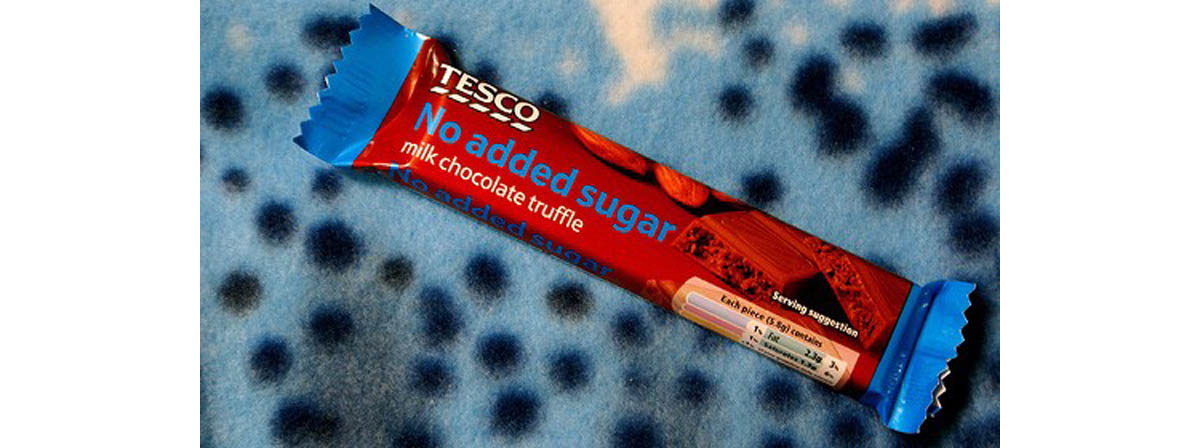Table of Contents
Dr. Wang and his associates recruited 19 volunteers, 11 of them healthy people and 8 of them diagnosed with insulin resistance, to submit to brain scans with a technique called PET (positron emission tomography). On one test day, the volunteers were asked to drink a beverage sweetened with the zero-calorie sweetener Splenda, and then be given an injection of radioisotopes that travel to the nucleus acumbens, the reward center of the brain.

On a second test day, the volunteers were asked to drink a beverage sweetened with glucose, and repeat the test. The volunteers were given sweet beverages for both tests to make sure the scientists were measuring the brain's response to glucose rather than its response to "sweetness."
Diabetic and Pre-Diabetic Brains May Not Respond to Sugar Normally
When the test subjects drank a beverage sweetened with Splenda, the brains of both healthy and insulin-resistant volunteers lit up the same way. When the test subjects drank a beverage sweetened with glucose (sugar), there were significant differences in the scans. When insulin-resistant volunteers consumed sugar, the reward centers in their brains didn't light up, that is, they didn't show that they were activated by dopamine triggered by the consumption of sugar. When healthy volunteers consumed sugar, the reward centers of the nucleus acumbens lit up as if to say "Ahhhh."
In Insulin-Resistance, Brain Doesn't Know How Much Sugar Is Enough
The Stony Brook researchers also tracked the results of the brain scans to food diaries the study volunteers kept. They found that the volunteers whose brains didn't light up after the consumption of sugar also tended to have "disorderly" eating patterns. They reported wanting to eat and eat and eat when they consumed sweet foods, and to crave sweet foods even when they consumed enough calories otherwise. Wang and associates interpreted this finding in terms of brains that just don't respond to sugar by making as much of the pleasure chemical dopamine.
To get enough dopamine to feel satisfied after eating, people who have insulin-resistance have to consume more sugar. Unfortunately, consuming more sugar makes people more insulin-resistant, which in turn makes them want to consume more sugar. It's a never-ending downward spiral of hunger and insulin-resistance that isn't easily reversed or treated.
Diabetes Isn't a Failure of Willpower
Dr. Wang and colleagues didn't address the issues of which comes first, the appetite for sugar or insulin resistance. However, more and more evidence from other studies suggests that some kind of illness or injury triggers the insulin resistance to which sugar cravings follow. In other words, you can get 20 or 30 hours of heavy exercise every week, not be fat, and still develop diabetes.
But the study also suggests that get your appetite under control, you have to get your insulin resistance or diabetes under control, as well as the other way around.
- Anderzhanova E, Covasa M, Hajnal A. Altered basal and stimulated accumbens dopamine release in obese OLETF rats as a function of age and diabetic status. Am J Physiol Regul Integr Comp Physiol. 2007 Aug. 293(2):R603-11. Epub 2007 Jun 6.
- Stony Brook University (2013, June 10). High sugar intake linked to low dopamine release in insulin resistant patients. ScienceDaily. Retrieved July 1, 2013, from http://www.sciencedaily.com /releases/2013/06/130610223722.htm.
- Photo courtesy of Tom Scott by Flickr : www.flickr.com/photos/tomscott/58557622/
- Photo courtesy of Barry by Flickr : www.flickr.com/photos/ennor/454393912/

